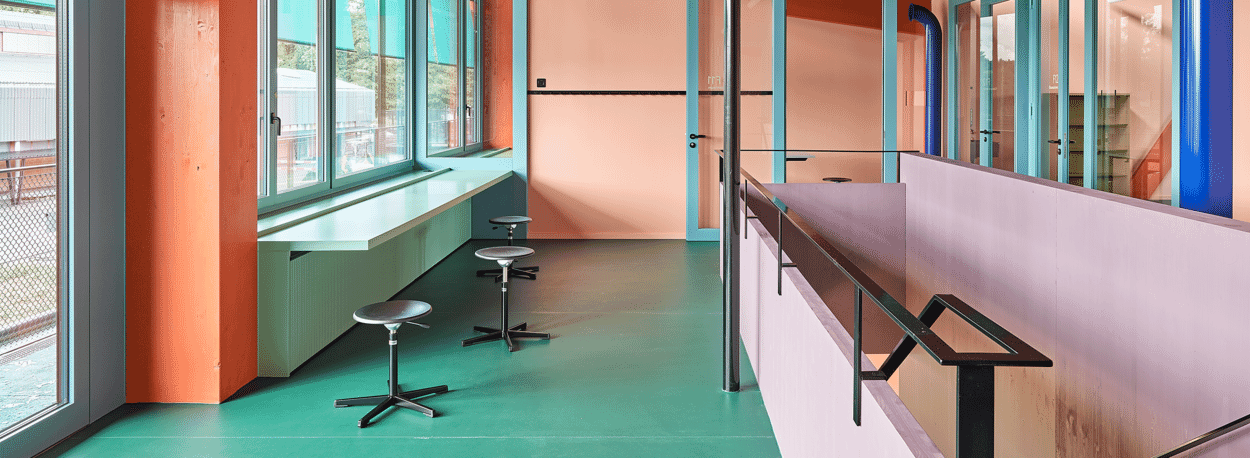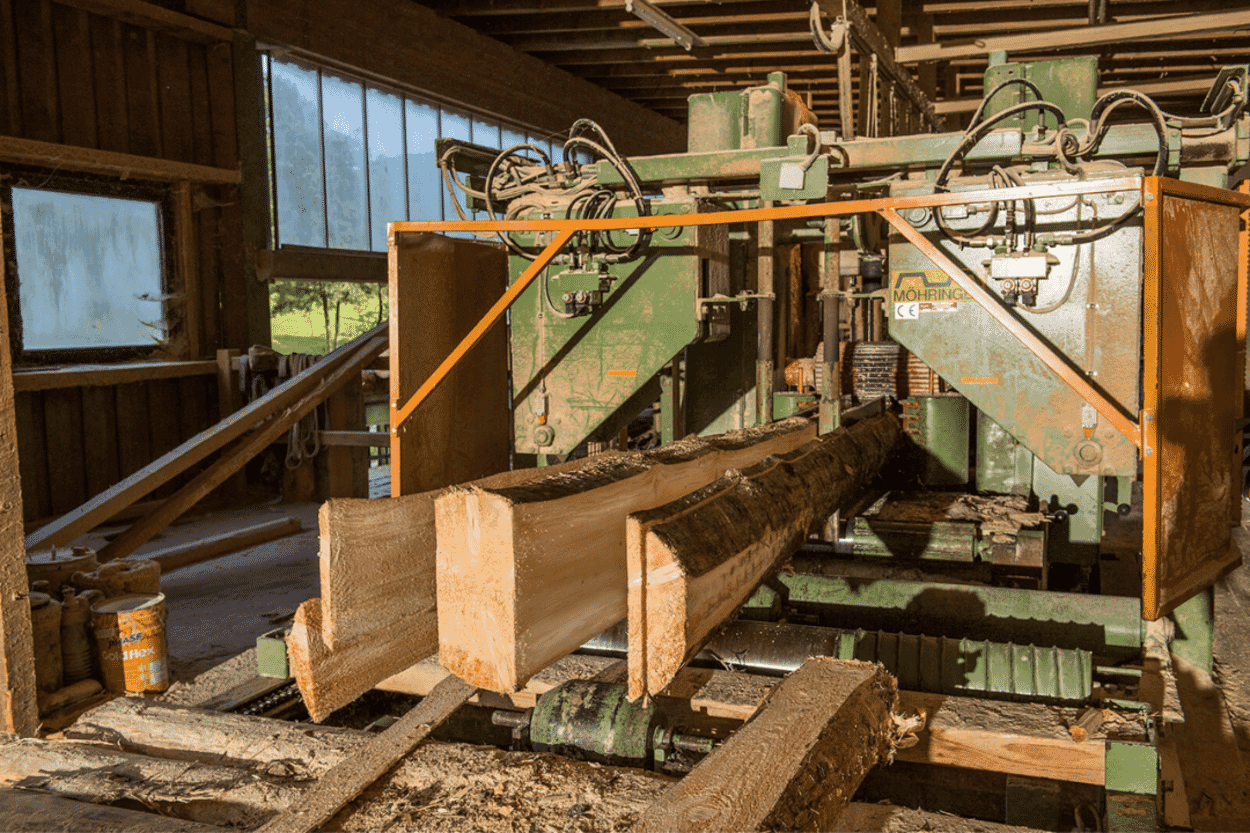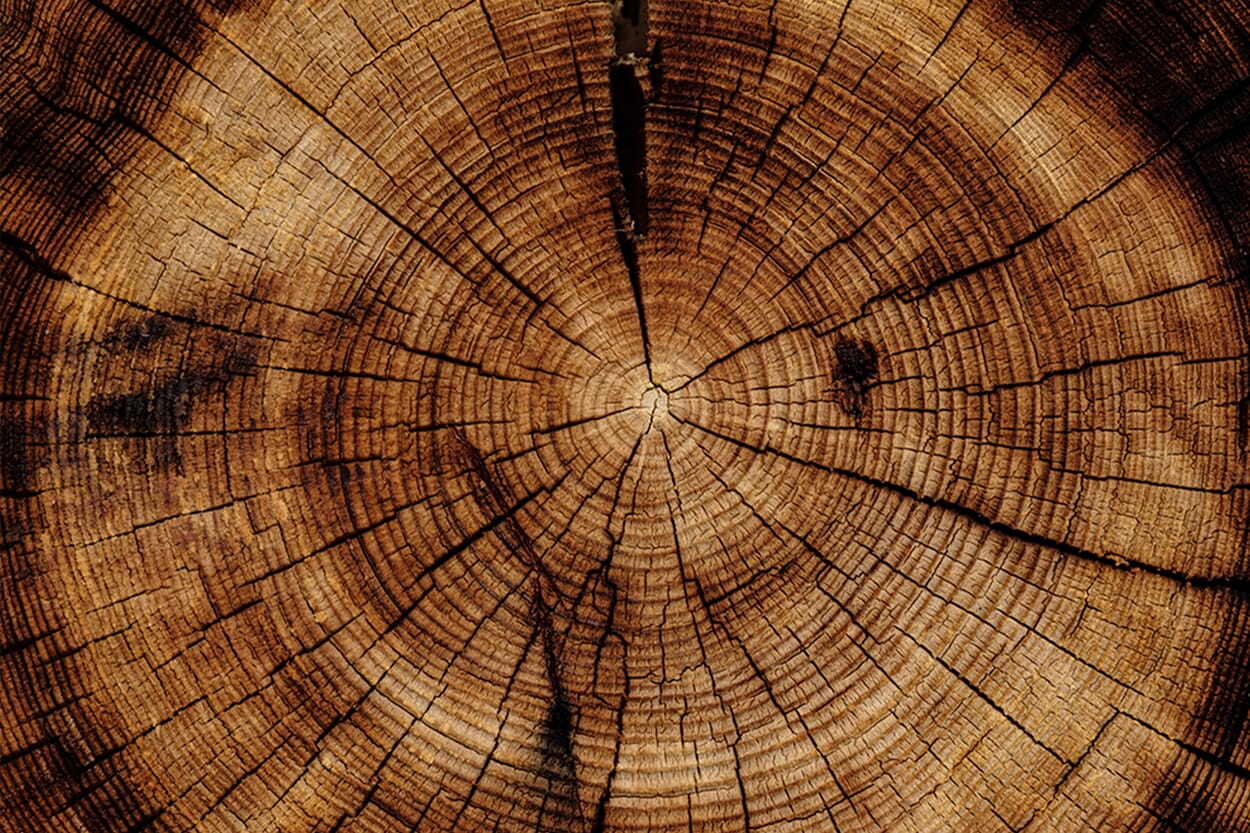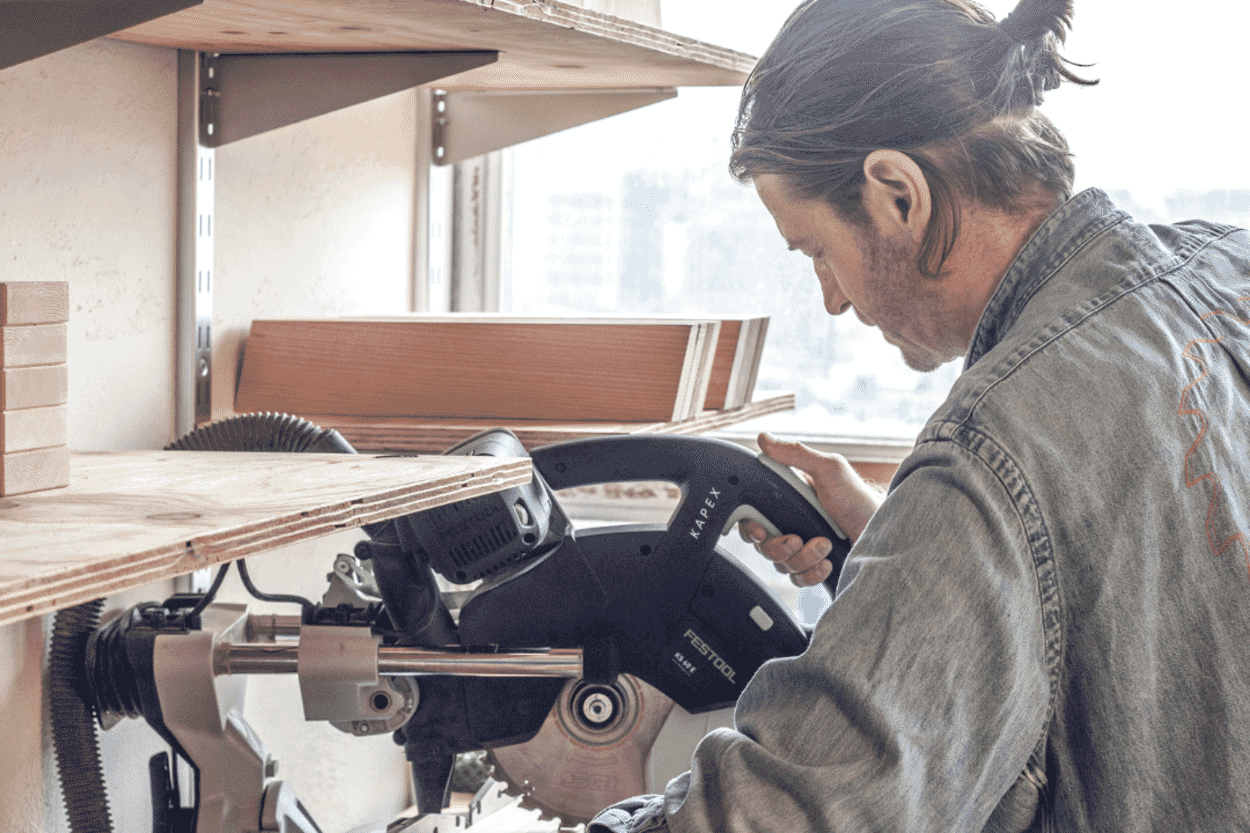"Still a lot to learn and experiment with"
When it comes to materials, there is not just one truth in architecture. The Zurich architect and university lecturer Elli Mosayebi and her firm Edelaar Mosayebi Inderbitzin architects look at the specific advantages of a building material in relation to the design idea. The economical use of resources is therefore not a question of strict dogma. Not always, but often, there is a lot to be said for wood. And it doesn't have to look wooden at all.
Interview: Stephan Becker
Ms. Mosayebi, wood is currently in fashion. Is this just a passing trend?
No, definitely not. Of course, wood has been regarded as particularly innovative and ecological for some years now and therefore fits in well with our times. But the material has also decisively broken away from earlier conventions. It's no longer about the individual tree trunk, but about modern wood-based materials that offer completely different application possibilities.
But is wood really always the best choice from an ecological point of view?
Every material has different strengths and weaknesses, a different performance. But it is important to us to be economical with resources when designing. And if there is no coherence between material and construction, a timber building can also be a waste. However, it has to be said that wood is not only very ecological, but can also be extremely versatile.
Are there any aspects of timber construction that you particularly like?
Its lightness and precision, as well as the possibility of prefabrication, which in turn has a positive effect on construction time. And not all timber is the same, which makes it even more exciting. For example, fast-growing woods are suitable for different things than hardwood, some types dry more quickly than others and so on. A friend of mine is Zimmermann and he knows such properties far better than us architects. That's exactly why contemporary timber construction is so exciting. Because there is still a lot to learn and experiment with in terms of construction.
As a professor, you are also involved in research. Does the topic of circularity - i.e. the reusability of building elements - play a role in this context?
In fact, the temporality of a construction is very relevant from an ecological point of view. With regard to concrete houses, there is a narrative that although much more CO2 is emitted during construction, they also last longer. What we lack, however, is a CO2 budget. A timber building emits much less CO2 during construction. If it is also circular, the ecological balance is of course even better.
A timber construction that can be dismantled and reassembled could have a clear advantage here.
Exactly, but there is still a lot to learn in this respect too. Timber construction is often glued, which means that it is difficult to take the elements apart again later. With steel-wood connections, as we investigated years ago in the office, reversible screw connections would also be conceivable instead.
Aside from constructional questions, on an aesthetic level: can you get too much out of wood?
The aura of a material is not so important to us. Seduction, play, virtuosity, all that is more important. And you don't necessarily have to stage wood as a material. Wood can be varnished, oiled or charred. These are all old cultural techniques that not only serve to improve its durability, but also significantly change its appearance. It can then become silvery and elegant, as in our residential building on Stampfenbachstrasse in Zurich's city center, or decidedly colorful, as in our Chliriet school building in a Zurich suburb.
Elli Mosayebi
Elli Mosayebi studied architecture at ETH Zurich, where she later completed her doctorate and is now a professor. Since 2004, she has run the Edelaar Mosayebi Inderbitzin Architects office in Zurich together with Ron Edelaar and Christian Mueller Inderbitzin, which has been collaborating with the Baumberger & Stegmeier architecture firm since 2011. Together with her team, she can now look back on countless competition wins and completed buildings. She also regularly publishes in books, newspapers and specialist journals.
Pictures: Roland Bernath; Anne Morgenstern
MORE ABOUT WOOD
Wood is wood? Not at all! In furniture construction, there is a whole range of materials based on this renewable raw material. Here we present five of the most common materials - from solid wood to multiplex.
Wood is the material of the moment, promising climate-friendly growth without regrets. But how did this commonplace material become the ultimate beacon of hope in such a short space of time? And what are the consequences when a slow-growing resource is suddenly in such high demand?
Designers and thinkers Enzo Mari and Victor Papanek were already interested in building furniture themselves and making the world a little better. Japanese architect Keiji Ashizawa has taken the idea a little further.











